Ground staples, also known as landscape staples or garden staples, are simple yet highly effective tools for securing various materials to the soil. These U-shaped pins, typically made of steel or plastic, provide stability and durability for a range of outdoor projects. Whether you’re a professional landscaper or a DIY gardener, understanding the different applications of ground staples can help you achieve better results in your yard.
What Are Ground Staples?
Ground staples are sturdy, U-shaped fasteners designed to anchor materials like landscape fabric, erosion control blankets, and irrigation tubing. They come in different sizes and materials, each suited for specific tasks. Steel staples offer maximum strength, while plastic variants are lightweight and corrosion-resistant.
These staples are easy to install—simply press or hammer them into the ground—and they provide reliable hold in various soil conditions. Their versatility makes them a must-have for anyone working on outdoor projects.
Key Benefits of Using Ground Staples
Before diving into their uses, let’s explore why ground staples are so valuable:
- Prevent shifting and movement – Keep materials securely in place, even in windy conditions.
- Durable and long-lasting – High-quality steel or coated staples resist rust and weathering.
- Easy to install and remove – No special tools required, making them user-friendly.
- Cost-effective solution – A small investment that improves the longevity of landscaping projects.
Now, let’s look at seven practical ways to use ground staples effectively.
1. Securing Landscape Fabric for Weed Control

One of the most common uses of ground staples is to hold down landscape fabric. This fabric acts as a barrier, preventing weeds from growing while allowing water and nutrients to reach plant roots. Without proper anchoring, wind and foot traffic can displace the fabric, reducing its effectiveness.
To install:
- Unroll the fabric over the prepared soil.
- Place ground staples every 2–3 feet along the edges and seams.
- For extra security, add additional staples in high-traffic areas.
This method ensures the fabric stays flat and functional throughout the growing season.
2. Stabilizing Erosion Control Blankets

Erosion control blankets, often made of biodegradable materials like straw or coconut fiber, help prevent soil loss on slopes and newly seeded areas. However, without proper anchoring, they can wash away during heavy rain.
Ground staples provide the necessary hold:
- Lay the blanket over the soil.
- Space staples about 3–4 feet apart in a grid pattern.
- Increase frequency on steep slopes for better retention.
This application is particularly useful in construction sites, hillsides, and riverbanks.
3. Holding Down Drip Irrigation Lines
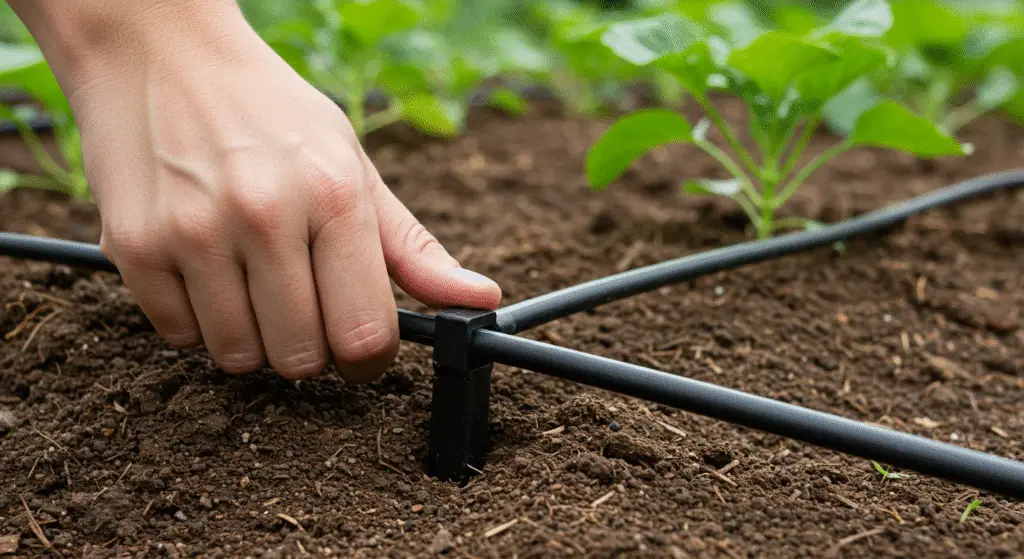
Drip irrigation systems deliver water directly to plant roots, conserving moisture and reducing evaporation. However, tubing can shift or become exposed if not secured properly.
Ground staples keep the lines in place:
- Position the tubing along the desired route.
- Insert staples at regular intervals (every 4–5 feet).
- Ensure the tubing remains slightly buried to protect it from damage.
This setup maintains efficient water distribution and prevents tripping hazards.
4. Anchoring Plant Netting and Mesh
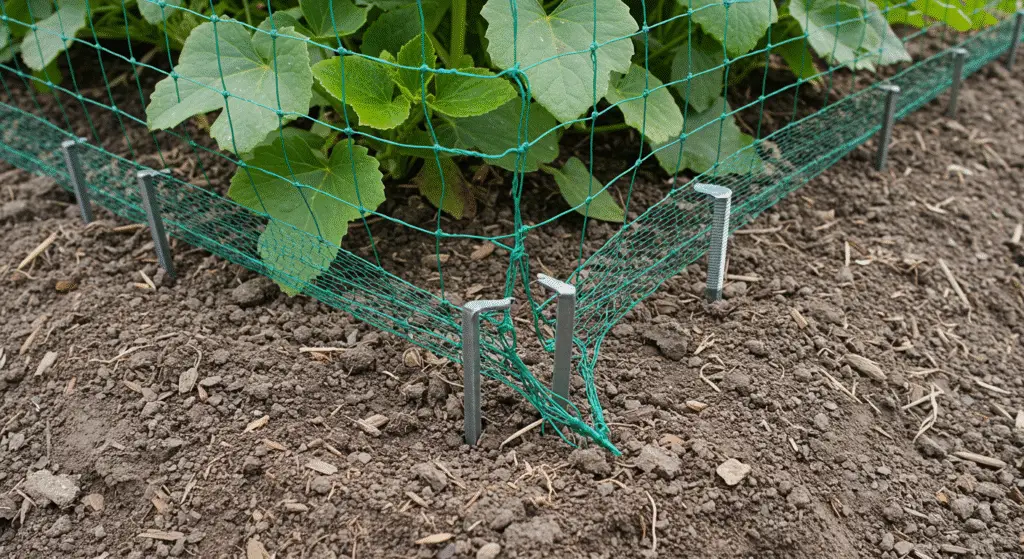
Birds, rabbits, and other pests can damage young plants and seedlings. Protective netting or mesh acts as a barrier, but it must be firmly attached to be effective.
Using ground staples:
- Drape the netting over plants or fencing.
- Secure the edges with staples every few feet.
- Check periodically to ensure no gaps have formed.
This method safeguards crops without harming wildlife.
5. Installing Artificial Turf
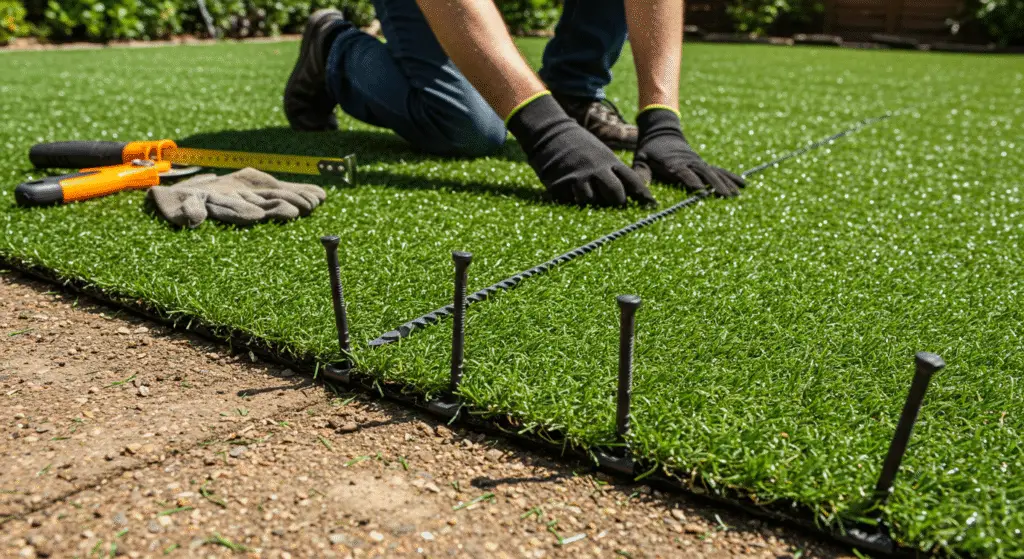
Artificial grass requires a stable base to prevent wrinkling and shifting. Ground staples help keep the edges and seams flat, especially in high-traffic areas.
- Stretch the turf tightly before securing.
- Place staples along the perimeter every 6–8 inches.
- Avoid over-tightening, which can cause buckling.
This ensures a smooth, natural-looking lawn.
6. Supporting Ground Cover Plants
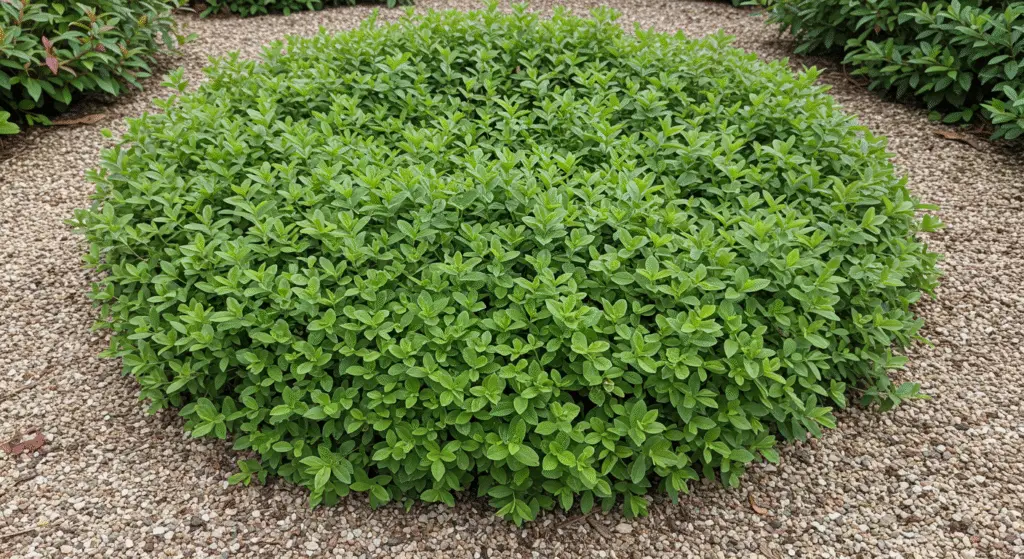
Some ground cover plants, like ivy or creeping thyme, spread quickly and may need guidance to stay within designated areas. Lightweight mesh or fabric can direct their growth, with ground staples keeping the barriers in place.
How to do it:
- Lay the mesh where you want to control growth.
- Secure with staples at key points.
- Trim excess growth as needed.
This technique helps maintain clean garden borders.
7. Temporary Event and Construction Site Uses
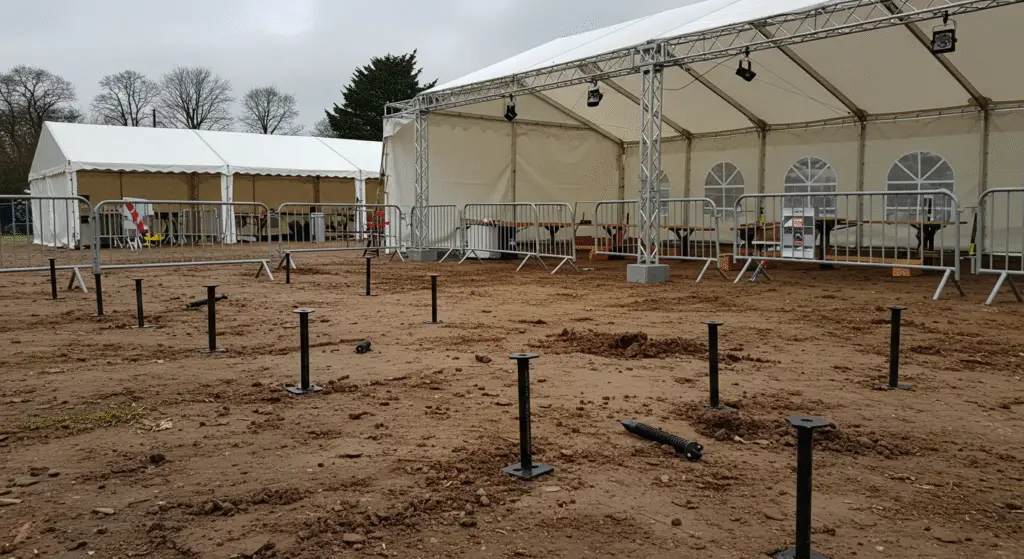
Ground staples aren’t just for gardens—they’re also helpful for temporary setups like:
- Securing tarps or tents at outdoor events.
- Anchoring safety fencing at construction sites.
- Holding down temporary signage or banners.
Since they’re easy to remove, they’re ideal for short-term projects.
Choosing the Right Ground Staples
Not all staples are the same. Consider these factors when selecting:
- Material – Steel for durability, plastic for lightweight needs.
- Length – Longer staples (6+ inches) for thicker materials.
- Coating – Galvanized or coated steel resists rust.
- Quantity – Buy extra to account for spacing needs.
For most landscaping tasks, 6-inch steel staples offer the best balance of strength and ease of use.
Installation Tips for Maximum Effectiveness
To get the most out of ground staples:
- Angle them slightly for better grip.
- Space them evenly to prevent sagging.
- Check periodically and re-secure if loosened by weather.
Avoid hammering too hard in rocky soil, as this can bend the staples.
Maintenance and Longevity
With proper care, ground staples can last for years:
- Remove and store them if reusing for seasonal projects.
- Clean off dirt and debris to prevent rust.
- Replace bent or damaged staples promptly.
Final Thoughts
Ground staples may seem like a small detail, but they play a crucial role in successful landscaping and gardening. From weed control to erosion prevention, their versatility makes them indispensable. By selecting the right type and using them correctly, you can enhance the durability and appearance of your outdoor projects.
Whether you’re a beginner or an experienced gardener, keeping a supply of ground staples on hand will save time and effort in the long run. Try them in your next project and see the difference they make!
